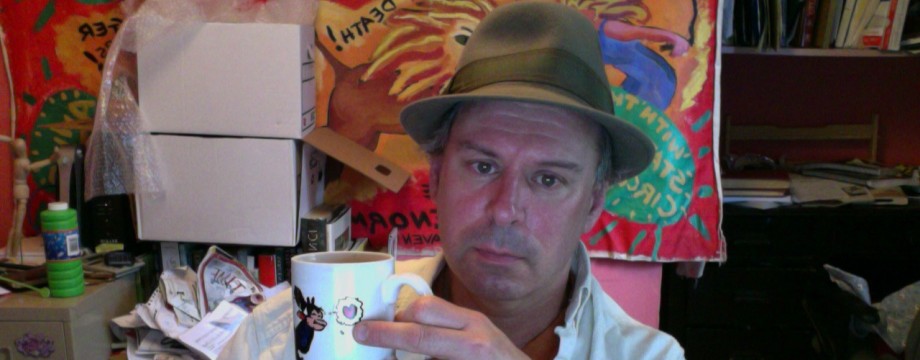Cloud Nine
Through Jan. 26 at the Iseman Theater, 1146 Chapel St., New Haven. (203) 432-1234.
Caryl Churchill’s Cloud Nine was inescapable in the 1980s. I have vivid memories of the first time I saw the show—Tommy Tune’s U.S.-premiere Off Broadway production in 1980. I also have vivid memories of the second, third, fourth, fifth, sixth, seventh and umpteenth times I’ve seen the show. Throughout the ‘80s and well into the ‘90s, every college drama troupe and hip community theater company in the country claimed this play. And why not? Few scripts offer such a range of emotions, such opportunities for actors to stretch, and such acute social commentary.
Then there was a long period when Cloud Nine was surpassed by other empowering sociopolitical satires, some of them by Caryl Churchill herself. Seeing it again this week at the Yale School of Drama, in an immaculately designed and hyperphysically staged production directed by Margot Bordelon, I was taken aback.
The script holds up pretty well, but it can never be what it once was, which was all kinds of topical.
My impression of Cloud Nine in the 1980s and ‘90s was that the first act—a chaotic over-the-top romp set in Colonial Africa at the end of the 19th century—was arch and old-world and corny and like one of the old British Music Hall-style “Carry On” films, only with homosexual references and other stylistic anachronisms. The second act—set at the time the play was written, and imbued with the brilliant conceit that though it is 80 years later than Act One, the same characters (now played by other actors) have aged only 20 years or so—seemed much more contemporary not just in playing style but in its attitudes and philosophies. There was a stark difference between the acts.
No longer. They’re both nostalgic. Act Two is now a memory of Margaret Thatcher’s England, which is worlds away from current political realities and social norms.
But so much else is different too.
In the 1980s, nobody was scoring Cloud Nine with music by The Sex Pistols, The Clash, Psychedelic Furs and Generation X, as this production does, even those tunes are contemporary with the time the play was written. They were still too raw, too apart from the other performing arts. (This production also lays on a lot of Bowie, from his androgynous early ‘70s Ziggy Stardust/Hunky Dory period. That music is still the easiest possible shorthand for magnifying gay themes.)
The cast here plays up the Britishness in both halves of the play, with arch accents and stereotypes that might have been gleaned from BBC sitcoms. This is not wrongheaded—Churchill’s comic instincts are bold and grand and shocking, and deserve to be played with heft. But there are—or at least were—subtleties in the second half of the play that have disappeared.
They may be too young to appreciate an age when portraying same-sex couplings would raise gasps even from accepting audiences, and they may be building characters around history books rather than daily headlines, but there are some vivid and captivating performances here. I was most struck by Hannah Leigh Sorenson, who on a couple of occasions at the Wednesday performance I saw had to improvise to cover up an unforeseen moment (a dropped piece of a doll in the first act, a curtain which refused to drop in the second). While keeping up the cartoonish quality required of all the performers, her natural strokes added a humanity. Chris Bannow, who is white, gave a nuanced and credible performance of the black African servant Joshua, while a number of actors performed believably as young children. All the cross-gender casting is convincing and sincere.
Cloud Nine was an eye-opening experience for many people in the 1980s. Not so much now, but its experimentalism and sharp comments about social and sexual relationship still provokes debate and useful insights. This production honors the play’s legacy by staging it professionally and treating it like the monument it is. There’s a beautifully triptych of tableaux vivants as the show begins, and a rousing, neatly choreographed climax at the end.

